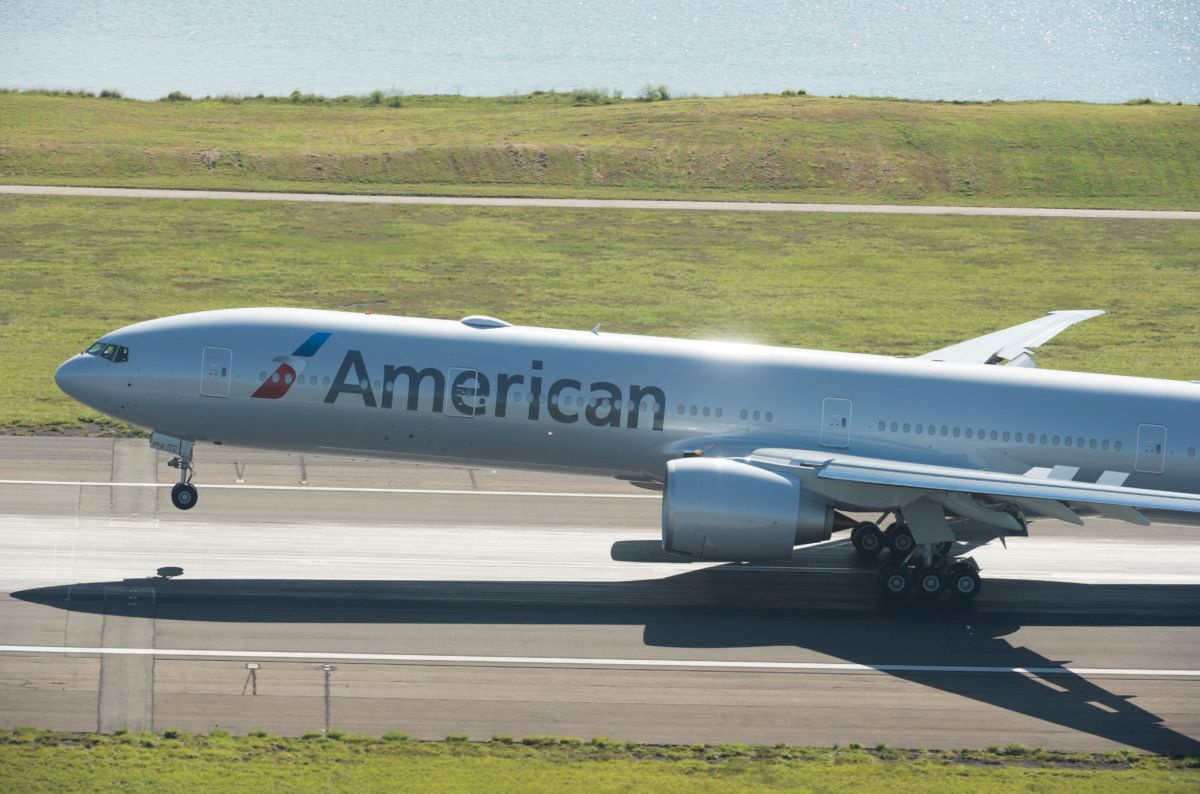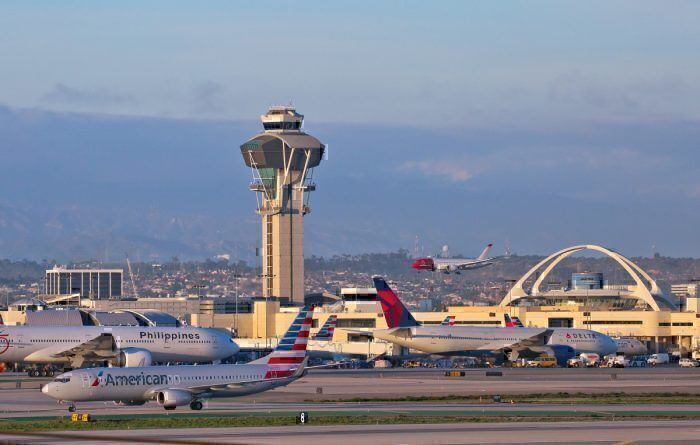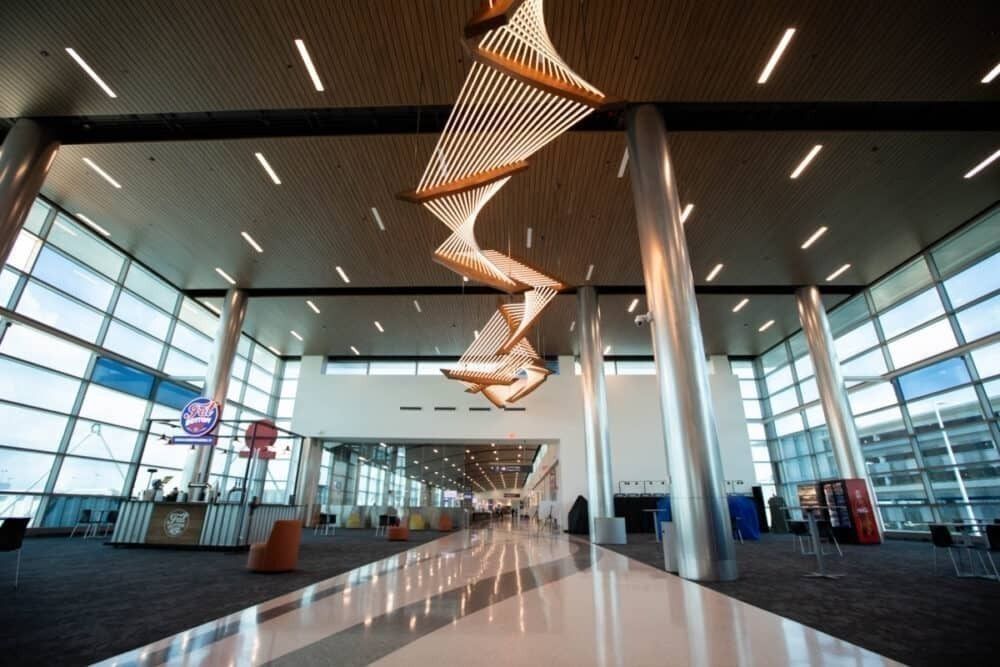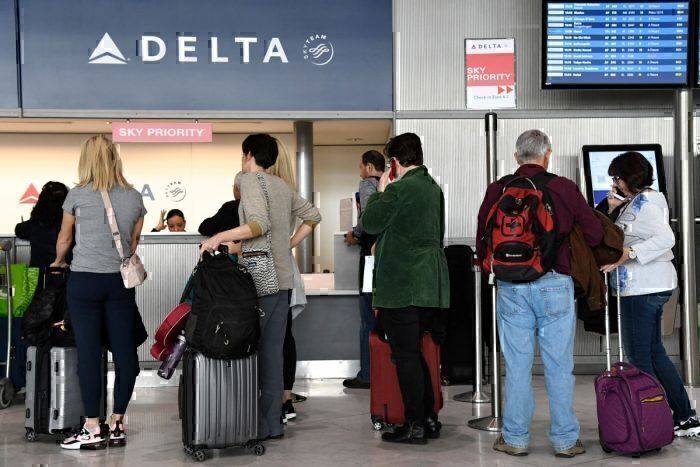The United States is one of the largest domestic aviation markets in the world. With three leading international carriers, a massive domestic carrier, and a plethora of regional and low-cost airlines, there is so much potential in this market. The next ten years are going to see a significant change in aviation. Here is what to look for.
The growth of secondary airports
Below is a list of the most expansive US airports by passengers served and destinations reached:
- Boston (BOS)
- New York City (JFK and EWR)
- Washington (IAD)
- Philadelphia (PHL)
- Atlanta (ATL)
- Charlotte (CLT)
- Miami (MIA)
- Detroit (DTW)
- Chicago (ORD)
- Minneapolis (MSP)
- Dallas (DFW)
- Houston (IAH)
- Denver (DEN)
- Seattle (SEA)
- San Francisco (SFO)
- Los Angeles (LAX)
- Phoenix (PHX)
- Salt Lake City (SLC)
While there are other airports like Orlando, Las Vegas, and Fort Lauderdale, these airports do not see the same kind of hub status from a US airline with expansive connections and international flights, though there are some.
Based on preliminary data from the FAA on 2019 enplanements viewed by Simple Flying, below are some of the fastest-growing airports in the United States based on changes from 2018 to 2019 for airports seeing over five million of passengers per year:
- Nashville International [BNA] (11.45%)
- Raleigh-Durham International [RDU] (10.57%)
- Austin-Bergstrom International [AUS] (10.28%)
- Southwest Florida International [RSW] (9.60%)
- San Jose Norman Y. Mineta [SJC] (9.32%)
- Sacramento International [SMF] (9.26%)
- New Orleans Louis Armstrong International [MSY] (4.44%)
- San Antonio International [SAT] (3.69%)
- St. Louis Lambert International [STL] (1.68%)
- Dallas Love Field [DAL] (0.86%)
Tight competition
These ten airports mentioned above, especially the top eight, are the ones to look out for in the future. Some of these airports, such as Nashville, are busily expanding to bring on new domestic and international services. As domestic hubs become more congested, airlines will need to look to these fast-growing airports (and their adjoining cities) for passengers. Already, there is a big battle playing out for Austin-Bergstrom between American and Delta.
American Airlines has taken a much more aggressive stance with adding capacity and laying on flights. Watch to see if AA's team decides to continue to build up new routes out of non-hub cities.
More technology on the ground and in the air
Delta is still likely to move forward to make WiFi free for all passengers. Meanwhile, other airlines will continue to increase WiFi connectivity and make it easier for business travelers to get connected onboard. American Airlines has started rolling out a new inflight WiFi portal for repeat customers to access inflight WiFi easily.
Touchless check-in processes are also on the rise. Airlines have already started to offer mobile boarding passes, self-serve baggage stations, and more to make the check-in process more efficient. Biometric boarding could also be another winner.
Health-wise, expect additional technological advancements that make cleaning an aircraft and keeping passengers safe easier and quicker. Things like electrostatic spraying and using ultraviolet light technology could soon help sanitize an aircraft and airport areas quicker than any other previously known technology.
Are mergers on the horizon?
Usually, after crises, the airline industry has worked to merge and reduce competition. While the market has mostly consolidated, there are still opportunities for mergers. It is unlikely that American, Delta, and United will look to merge. Additionally, antitrust activists and government agencies may find that to be against the public interest.
There is room for consolidation on the regional level between carriers that operate on behalf of major airlines. But, one other spot for consolidation would be low-cost carriers and secondary airlines in the United States. This would be especially true between airlines with complementary route networks where one is in a stronger financial position compared to the other.
What else do you think the next ten years will hold? Let us know in the comments!




